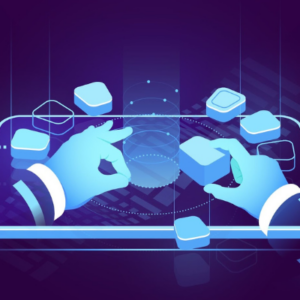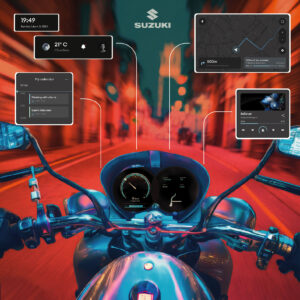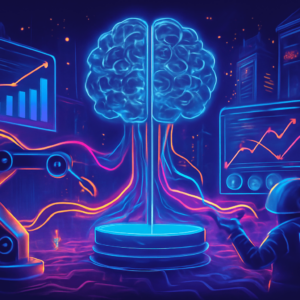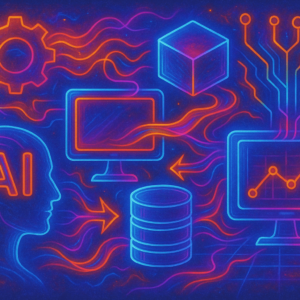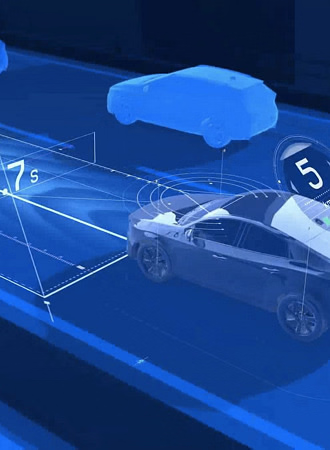Digital Core Modernization
Digital Core Modernization
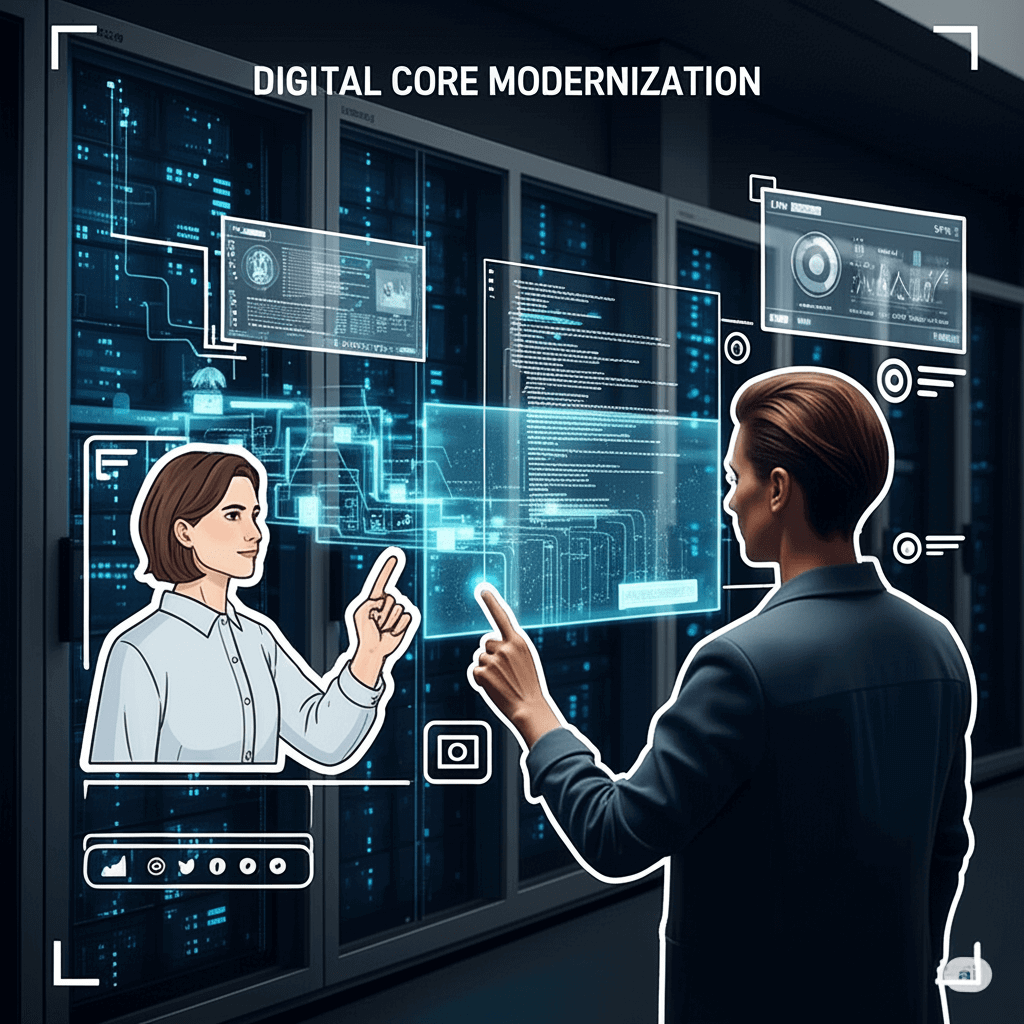
Legacy Infra Can’t Keep Up With New Business Goals?
Many enterprises still run outdated systems, such as on-premise ERPs, fragmented CRMs, or legacy mainframes that can’t handle real-time data or support AI workflows. This results in frequent outages, slow API responses, and increased costs. Using outdated IT tools instead of AI-based solutions results in a 25% drop in efficiency, leading to increased employee frustration.
Codewave helps businesses eliminate tech debt and rebuild their digital core using composable architecture, cloud-native infrastructure, and API-first strategies, such as containerized microservices, managed Kubernetes, and service mesh design.
We build platform modernization blueprints for zero-downtime replatforming along with CI/CD-driven infrastructure migration or, that support continuous delivery and flexible scaling. We help you enter the API economy by developing modular services, such as headless commerce engines or real-time data layers, that integrate smoothly, deploy independently, and accelerate delivery.
Lastly, with edge-to-cloud enablement, your workloads stay functional across data centers, public clouds, or edge nodes.
Why Modernize Your Digital Core?
40%
Increased efficiency
3X
Greater speed & agility
30%
Lower costs
Download The Master Guide For Building Delightful, Sticky Apps In 2025.
Build your app like a PRO. Nail everything from that first lightbulb moment to the first million.
Go From Stagnation To Scale: Get Unstuck
Legacy systems often hinder progress, causing constant conflict between the urge to innovate and the need to maintain stability. We address these challenges by implementing a modular, resilient tech foundation that unlocks innovation without disrupting operations.
Without a clear strategy and measurable success criteria, innovation efforts—like launching new customer-facing features or adopting AI tools—often fail. Outdated systems and technical debt act against innovation and add complexity.
We help you resolve this by providing a clear roadmap for migrating from monolithic systems to microservices, modernizing your tech stack with a focus on modularity, flexibility and agility.
Benefits You Can Expect:
- Advancing Innovation: Modern, modular systems reduce complexity, enabling your teams to disrupt the status quo than staying stuck with legacy systems.
- Improved Agility: Transitioning to a microservices architecture allows your teams to adapt quickly to market changes, with the flexibility to scale or deploy new services independently.
Example: A global manufacturing company will be able to transform processes and accelerate product rollouts from quarterly to bi-weekly cycles, significantly reducing time-to-market.
Security concerns such as inconsistent patching practices caused by outdated development tools can jeopardize the delivery process. Without integrated security measures, the system remains vulnerable to potential data breaches, which can delay releases and require manual penetration tests or external audits. This, in turn, leads to lengthy approval processes from security teams or regulatory bodies, resulting in longer delivery cycles.
We resolve this by embedding security and DevOps practices, such as integrating automated security scans with each commit or utilizing DevSecOps tools to monitor code for vulnerabilities. We provide a clear roadmap to integrate compliance checks and CI/CD workflows (automated testing, continuous integration, and automatic deployment) to ensure security at all stages.
Benefits You Can Expect:
- Enhanced Security: Continuous security measures enable the real-time identification and mitigation of threats.
- 3X Faster Time to Market: Integrated DevOps practices allow for seamless development and deployment cycles, enhancing the speed of delivery while ensuring security.
Example: By implementing DevSecOps practices, a retailer will be able to automate security checks, resulting in fewer manual security audits, which in turn lead to faster and more secure product releases.
Outdated infrastructure can result in frequent system outages during peak traffic, slow load times, and security vulnerabilities, such as outdated firewalls, which limit your responsiveness.
We replace legacy systems with API-first, composable infrastructure (like using REST APIs for easy integrations), ensuring that services are modular (independently deployable and scalable) and flexible without major overhauls. This shift leads to reduced downtime, as well as enhanced system reliability, including faster recovery and a smoother user experience.
Benefits You Can Expect:
- Reduced Operational Expenses: Migrating to a more resilient infrastructure can reduce maintenance costs associated with legacy systems by up to 30%.
Example: For a global fintech company, replacing its legacy core banking system with composable services will result in reduced system outages during peak transactions.
As your business grows, traditional IT architectures such as on-premise servers or monolithic applications can’t keep pace. Moreover, integrating new technologies or services, such as AI-driven analytics platforms or e-commerce applications, into outdated systems can be cumbersome. This frequently results in errors and missed opportunities, like slow customer response times or inaccurate forecasting.
To combat these issues, we help you adopt cloud-native services, such as microservices, serverless computing, or Kubernetes, that scale smoothly to meet business needs, including handling seasonal traffic spikes or expanding into new markets. By migrating to flexible, cloud-based solutions, we help your teams innovate without infrastructure limitations.
Benefits You Can Expect:
- Faster Time to Market: Cloud-native infrastructure supports rapid deployment cycles, enabling three times faster product releases and time-sensitive updates, such as quickly launching new features for an e-commerce platform during holiday sales without downtime.
- Task Success: Simplified workflows and scalable services speed up upto 3 out of 5 routine tasks and reduce bottlenecks in operations.
Example: After transitioning to cloud-native services, a healthcare company will be able to integrate new medical software in a fraction of the time, thereby releasing new capabilities faster.
Your Tech Stack Shouldn’t Block Innovation. Let It Accelerate Growth.
Industry-Specific Benefits with Digital Core Modernization
| Industry | Key Benefits |
| Technology | Improves infrastructure scalability by transitioning from monolithic systems to microservices. This enables faster innovation and supports cloud-native applications for enhanced agility. |
| Manufacturing | Optimizes supply chain management through real-time data integration, predictive maintenance, and automation, leading to reduced downtime. For instance, a car manufacturer can integrate IoT with its existing ERP system to more accurately predict machinery failures. |
| Cloud Services | Modernizes cloud infrastructure by migrating from legacy systems to hybrid or multi-cloud environments, improving scalability, uptime, and performance. |
| Banking and Finance | Enhances transaction processing and real-time risk analysis by implementing modern platforms, such as blockchain and AI, ensuring faster compliance. For example, a bank can integrate AI-driven fraud detection with its existing legacy system to reduce the time required for fraud detection and prevention. |
| Retail | Improves inventory management and enhances customer personalization by integrating AI and predictive analytics into the backend systems. For instance, a retail chain can adopt cloud-based inventory systems to reduce out-of-stock incidents and improve sales forecasting. |
| IT Services | Enhances service delivery by implementing automated IT operations and AI-powered monitoring systems. For instance, an IT services firm can modernize its infrastructure using Kubernetes for container orchestration, resulting in a reduction in deployment time. |
| Healthcare | Integrates patient data across systems for real-time decision-making and enhances operational efficiency through cloud-based solutions. For instance, a hospital can modernize its Electronic Medical Records system with AI-powered predictive models, resulting in faster diagnoses and more effective resource allocation. |
Proven Steps to Modernize Your Legacy Systems
Comprehensive Infrastructure Assessment and Tech Debt Elimination
We begin by evaluating your current systems to identify tech debt. We also examine integration challenges, including difficulties in connecting cloud-based applications with legacy systems and inconsistent data synchronization across platforms.
How It Works:
- Identifying areas of tech debt (outdated systems, fragmented software tools, inefficient legacy processes)
- Discovering scalability issues like slow system performance under high user load or limited flexibility when adding new services
- Assessing infrastructure readiness for cloud-native transformation
- Pinpointing areas where composable architecture can eliminate redundancies
Result: A clear action plan to reduce tech debt and lay the foundation for a scalable, flexible digital core.
Designing a Modular, Scalable Architecture
With a clear understanding of your current infrastructure and limitations, we reimagine it using a composable architecture. For instance, we separate your monolithic ERP system into modular components, such as finance, HR, and inventory management. This approach enables separate teams to work on individual modules simultaneously, thereby reducing bottlenecks and accelerating feature releases.
How It Works:
- Breaking down your system into smaller, independent services (such as creating microservices for user authentication, payment processing, and product recommendations)
- Migrating to cloud-native infrastructure, ensuring flexibility, scalability, and reliability
Outcome: A scalable, cloud-native infrastructure that speeds up feature deployment and adapts quickly to market changes, driving continuous innovation.
Adopting Platform Modernization with Edge-to-Cloud Enablement
Our next step is to modernize your platform, ensuring that all components are connected, scalable, and capable of handling future growth. We implement edge-to-cloud enablement by integrating edge devices, such as IoT sensors, with cloud infrastructure to connect your on-premise systems to the cloud. This ensures better performance, such as reduced latency by processing data closer to the source.
How It Works:
- Moving critical processes like customer data processing, order management, or inventory tracking and data to cloud-native platforms like AWS Lambda for serverless computing or Google BigQuery for scalable data analytics
Outcome: A modern, unified platform that connects all systems (CRM, ERP, etc.) from edge devices (smart factory machines or remote data collectors) to the cloud, enhancing speed, data flow, and scalability.
Enabling Business Growth with the API Economy
We make your business a part of the API economy by ensuring all your systems, applications, and services can seamlessly communicate and scale with minimal friction. To achieve this, we implement standardized APIs that allow for smooth data exchange across different platforms and services.
How It Works:
- Implementing API-first strategies, such as RESTful APIs or GraphQL, to connect your legacy systems with modern cloud-based tools such as Salesforce
- Designing APIs that allow for easy integration, customization, and scalability across internal and external services (such as creating modular APIs for customer data synchronization between your CRM and e-commerce platform)
- Ensuring continuous updates like setting up CI/CD pipelines to automatically deploy and test API changes, and maintenance to keep APIs efficient and secure
Outcome: An interconnected system of services that supports faster, data-driven decisions like real-time inventory tracking, personalized customer experiences, or dynamic pricing models.
Continuous Optimization and Future-Proofing
Digital Core Modernization doesn’t stop with implementation. We ensure continuous monitoring and refinement by utilizing real-time analytics tools, such as Prometheus and Grafana, to track system performance and user behavior. This ensures your new systems stay optimized, secure, and aligned with future business goals (integrating new features, ensuring compliance with updated regulations, or scaling operations).
How It Works:
- Monitoring the performance of modernized systems to track key metrics like system uptime, response times, transaction success rates, and user behavior from click-through and conversion rates.
- Regular updates to keep the infrastructure aligned with technological upgrades (integrating new cloud-native technologies like serverless functions)
Outcome: A sustainable, continuously improving digital core that meets the demands of today while remaining agile for future growth.
Tech Stack Essentials for a Smooth Digital Core Transformation
| Category | Tools/Technologies |
| Cloud Infrastructure | AWS, Microsoft Azure, Google Cloud, Terraform, VMware, OpenShift |
| APIs & Microservices Architecture | Spring Boot, Node.js, Docker, Kubernetes, Istio, Consul, REST, GraphQL, gRPC |
| Data Integration | Apache Nifi, Apache Kafka, MuleSoft, Talend, Fivetran, AWS Glue, Azure Data Factory, Informatica |
| Database Management | Amazon RDS, Azure SQL Database, Google Cloud Spanner |
| Security & Compliance | AWS Identity and Access Management (IAM), Azure Security Center, Palo Alto Networks, Fortinet, Cloud Security Tools |
| Automation & CI/CD | Jenkins, GitLab CI, CircleCI, GitHub Actions, Azure DevOps, Bamboo, Selenium, Terraform |
| Monitoring & Observability | Prometheus, Grafana, ELK Stack (Elasticsearch, Logstash, Kibana), New Relic, Datadog, Splunk |
| DevOps & Infrastructure as Code | Ansible, Puppet, Chef, Terraform, Helm, Kubernetes, Docker Swarm, Jenkins Pipeline |
| Edge Computing | AWS Greengrass, Azure IoT Edge, Google Cloud IoT |
Real Results from Digital Core Modernization
We’re not just talking about transformation. Through Digital Core Modernization, we’ve helped businesses like yours break free from legacy systems and achieve measurable improvements in efficiency, scalability, and speed.
Explore our portfolio to get a fair idea of the measurable results we’ve delivered for our clients.
We transform companies!
Codewave is an award-winning company that transforms businesses by generating ideas, building products, and accelerating growth.
Frequently asked questions
Migrating to a cloud-native infrastructure is one of the most significant requirements. This shift enables scalability, agility, and integration capabilities essential for modern operations. For instance, cloud-based platforms have reduced development timelines from months to weeks, facilitating faster product launches and innovation.
Digital core modernization focuses on upgrading existing systems to enhance performance and efficiency. In contrast, digital transformation involves a comprehensive reimagining of business processes and models using digital technologies.
The three layers of a digital core are:
- Data Layer: Responsible for managing and storing data from various sources.
- Process Layer: Focuses on automating business processes and workflows.
- Business Model Layer: Aligns the organization’s business strategies with the digital ecosystem, enabling smooth operations across functions.
Yes, the API economy is well-established. As of 2024, 57% of internet traffic consists of API requests, indicating widespread integration and reliance on APIs across various industries.
The Infrastructure Layer is mandatory for cloud-native architecture. It includes operating systems, storage, networking, and computing resources managed by third-party cloud providers, forming the foundation for cloud-native applications.
Most in demand
Travel Technology Solutions and Services Management

Global Design and Innovation Consulting Services

LLM in Corporate Compliance and Risk Management

Services in Software Development

Travel Technology Solutions and Services

Generative AI Consulting and Strategy for Business Innovation

Application Operations and Management Services

Secure, Reliable Cloud Application Modernization Services

Global Design and Innovation Consulting Services

Enterprise Cloud Consulting & Implementation Services Solutions

Ecommerce Web Design & Development Services

Trusted, Unified Xamarin App Development Services You Need

Custom EHR/EMR Integration Services for Connected Healthcare

Cyber Security Consulting Services for Scalable Resilience

AI and Data Analytics Services Solutions

Enterprise App Development Services

Business Intelligence and Data Analytics Solutions

Convert Your Website into a Mobile App for Android and iOS

Managed Healthcare IT Services and Solutions

Custom .NET Software Development Services & Solutions

Website Design and SEO for Medical Practices and Doctors

Big Data Analytics Solutions & Services

IOT Product Development Services for Faster Decision Making
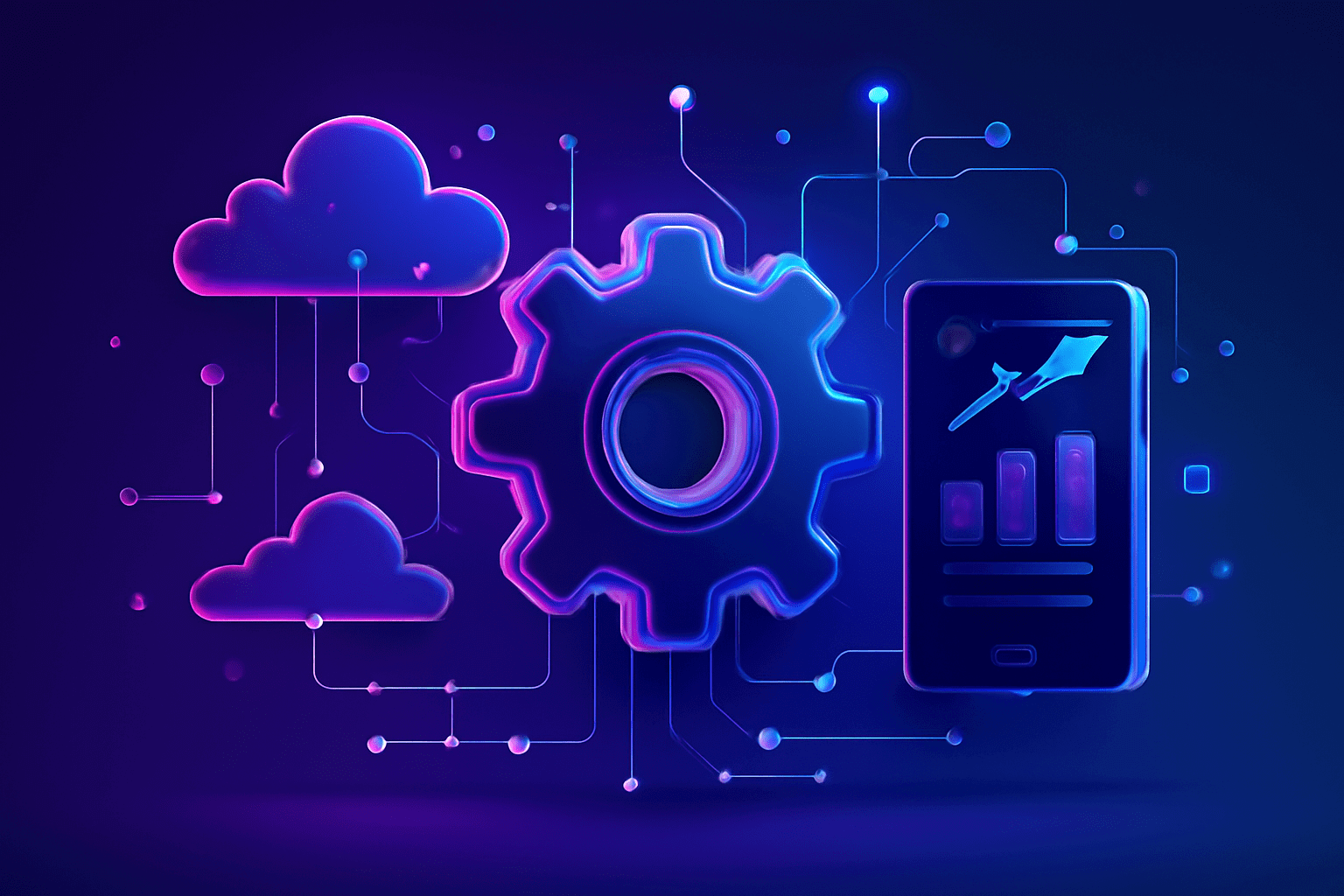
Cloud-Based E-commerce Solutions and Platforms

Custom Financial Software Development Solutions
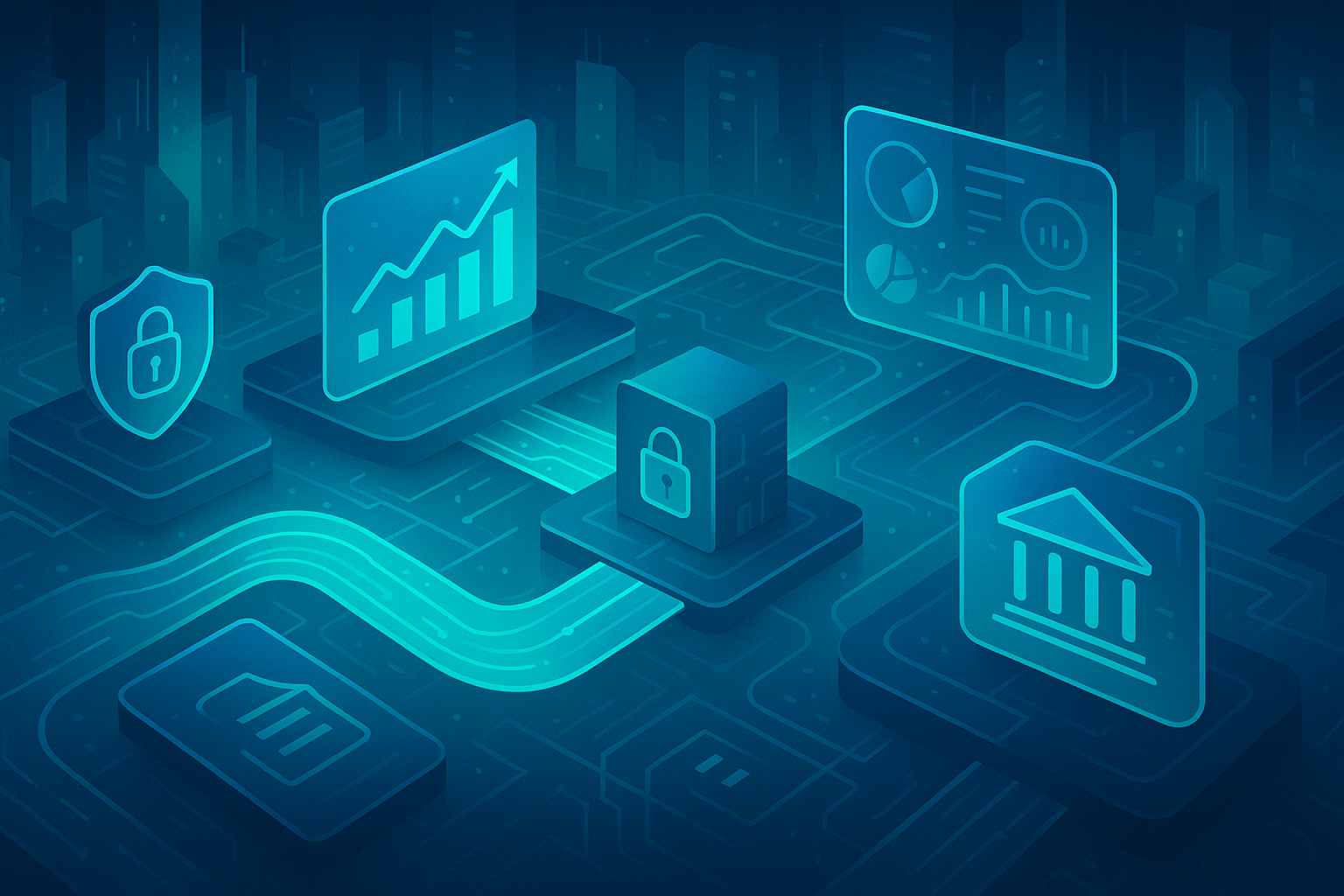
Enterprise Automation Solutions and Services
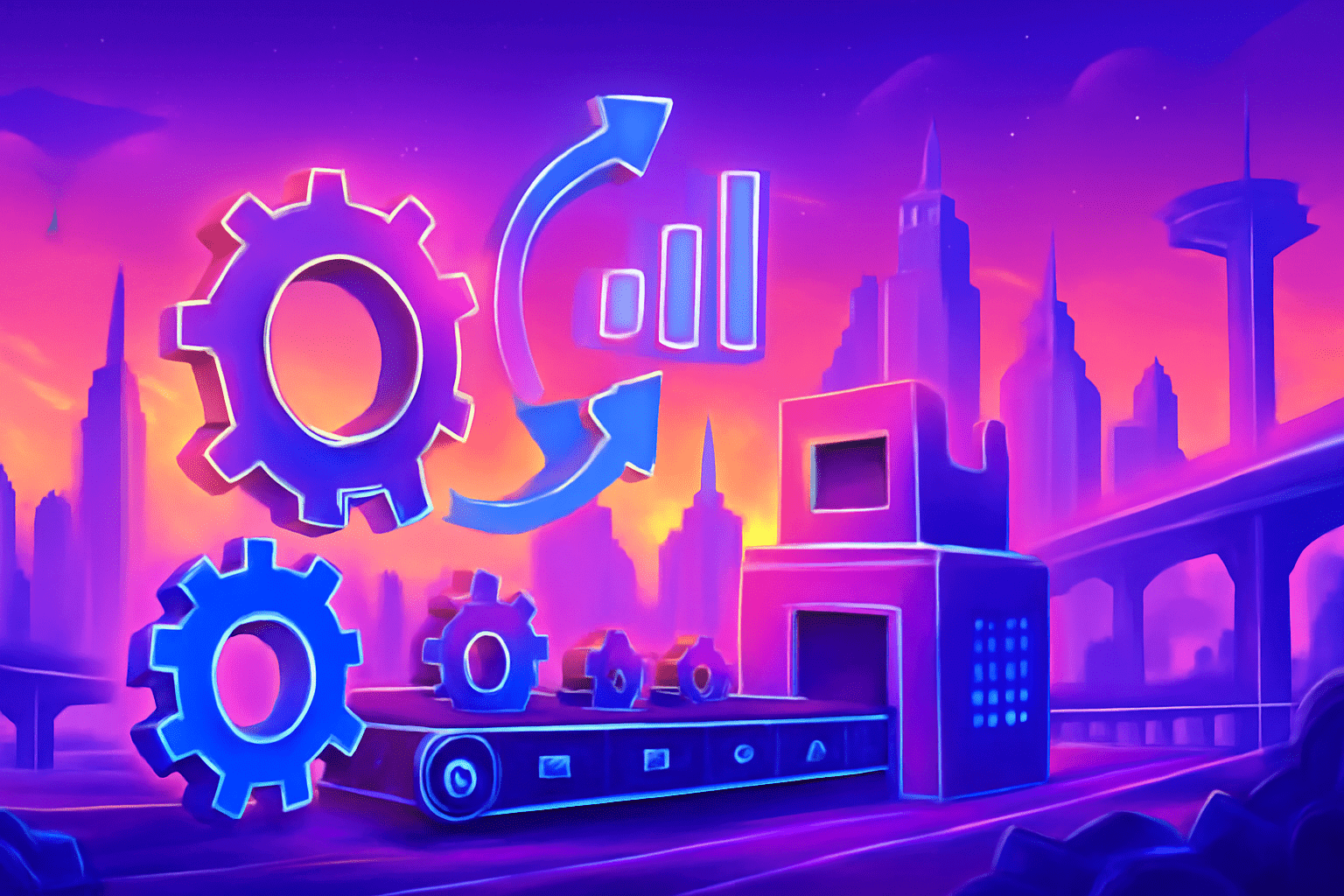
Power Up Digital Change with Strategic Design Thinking Workshops

Design Thinking-Driven Strategic Digital Transformation Blueprint

Generative AI Development Platform
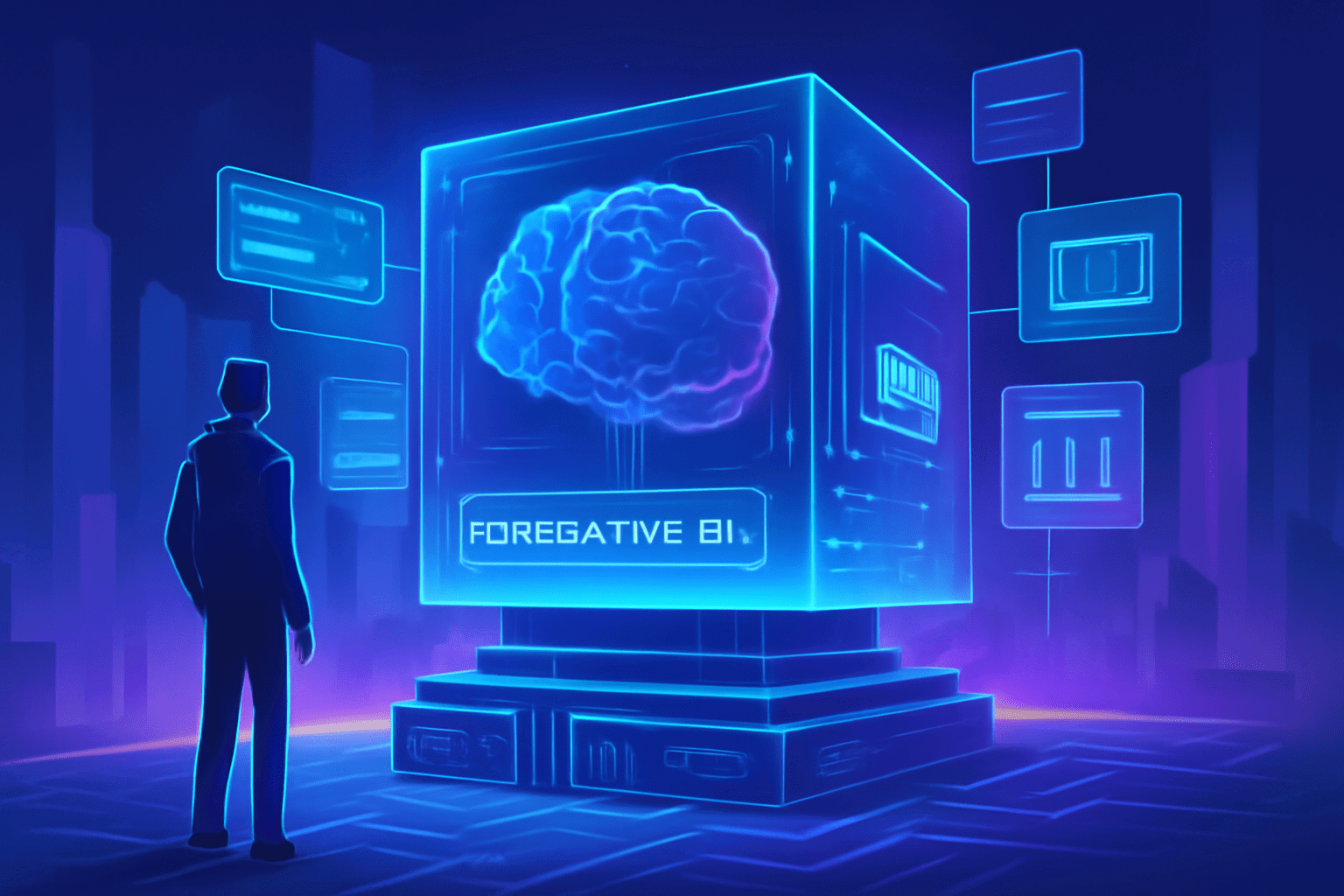
Information Technology Strategy and Consulting Services
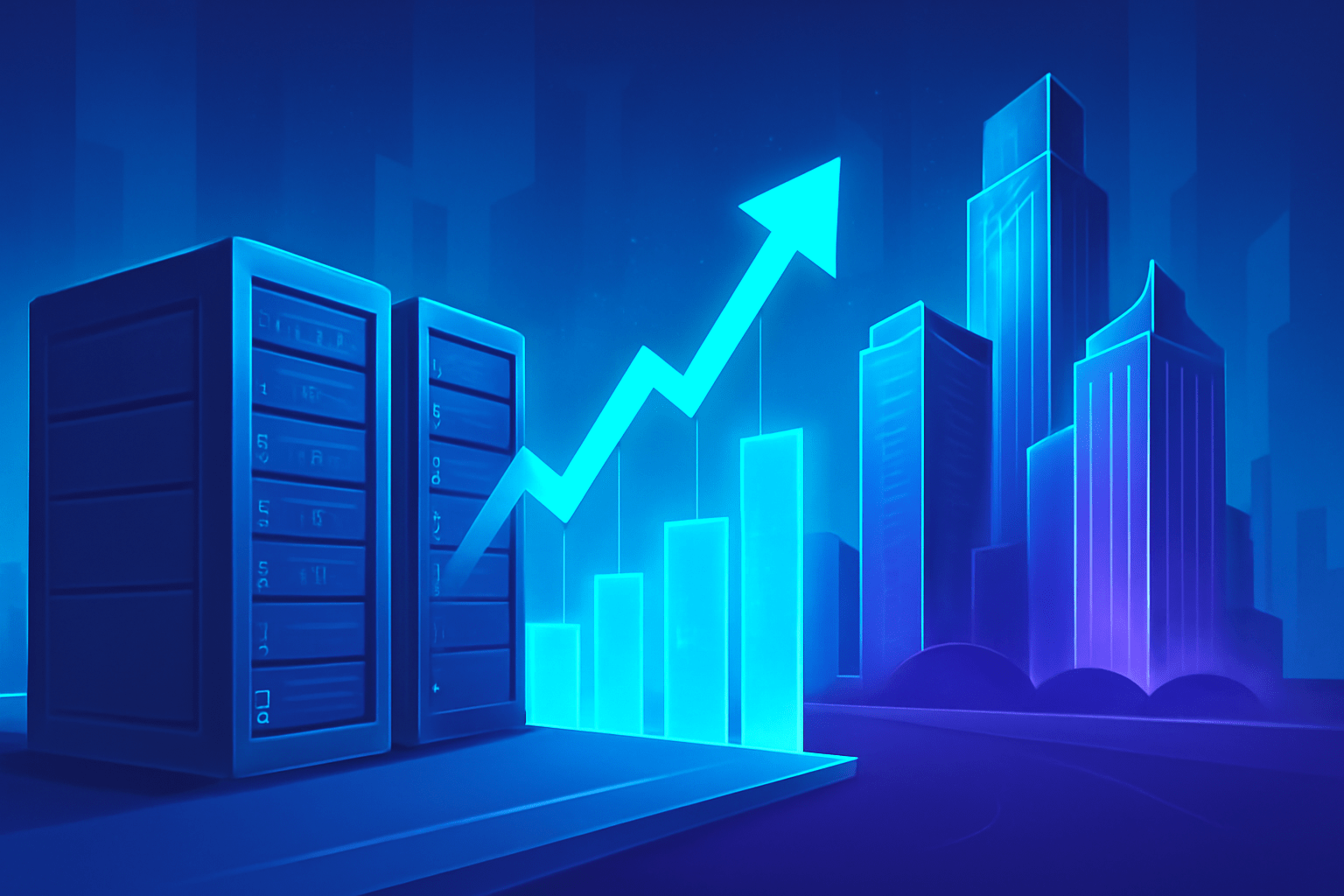
Product Design and Development Services

Custom Responsive Web Design Services

Magento eCommerce Development and Design Services

Transportation and Logistics IT Services and Solutions

Decision Intelligence Strategy

Automation for Operational Efficiency

Digital Talent Transformation
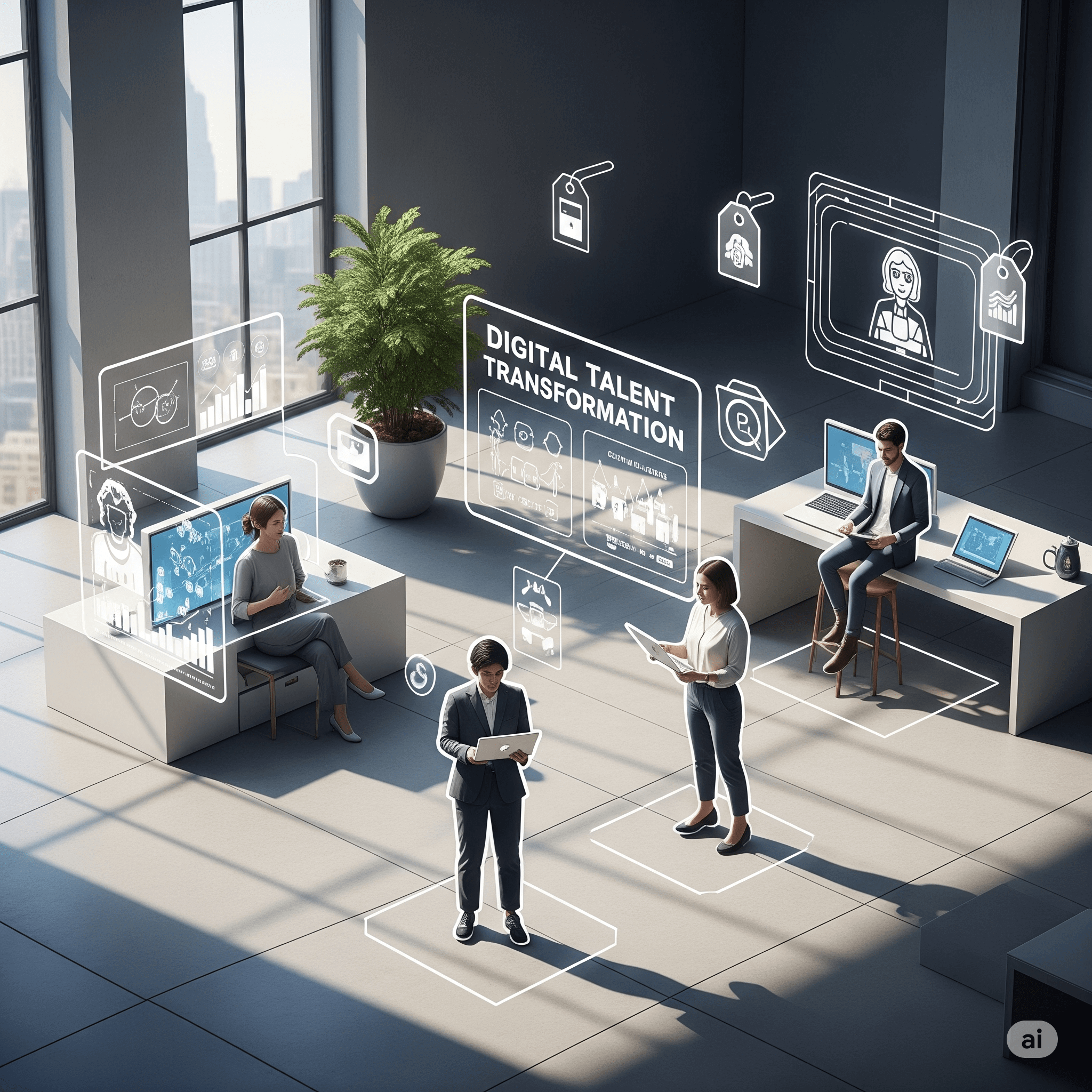
Integrated CX And UX Design For Delight

Digital Transformation ROI Measurement

Digital Core Modernization

Cloud Migration Services
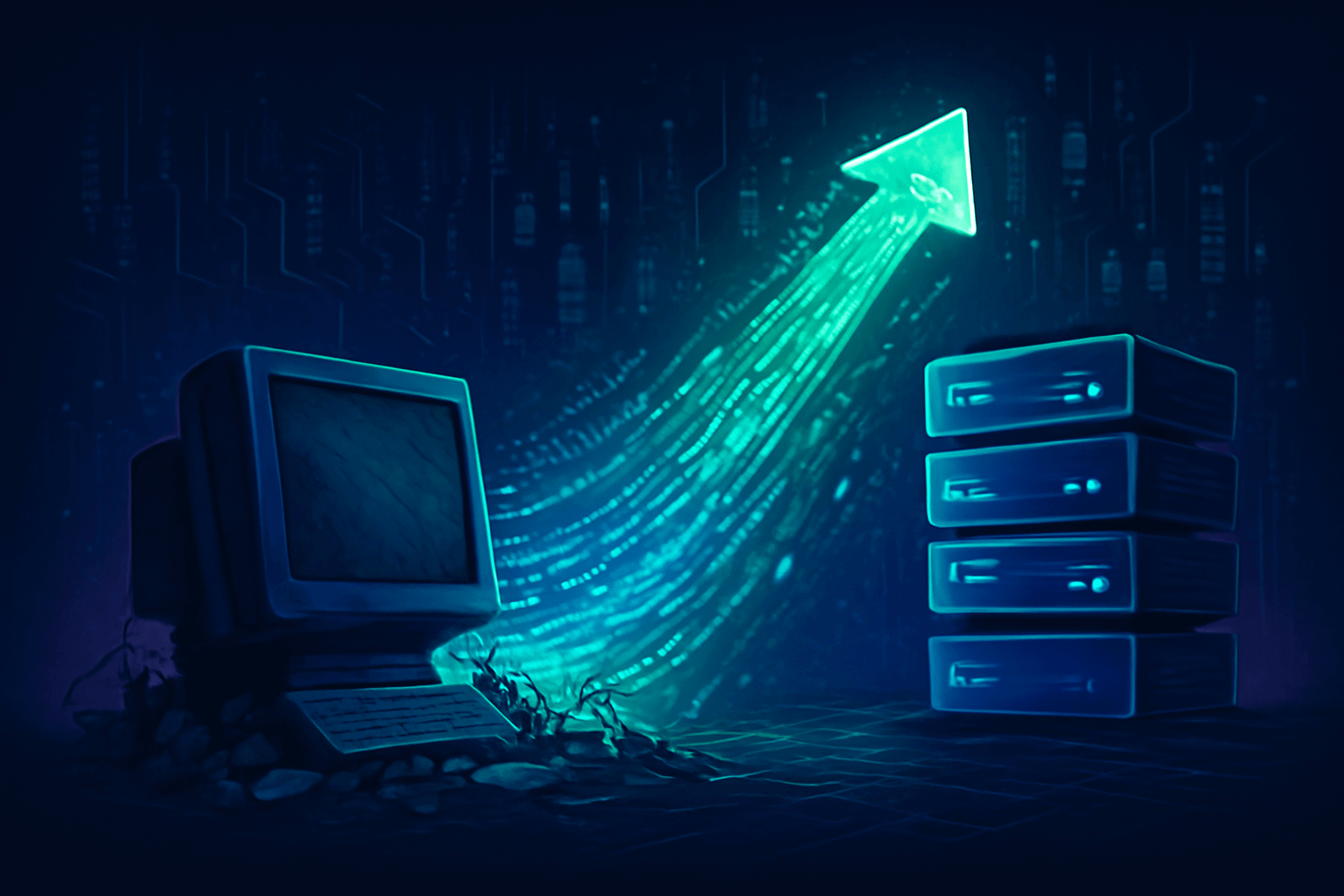
AI Accounting Software

Software Product Development Services

Decentralized Finance (DeFi) Development Solutions and Services
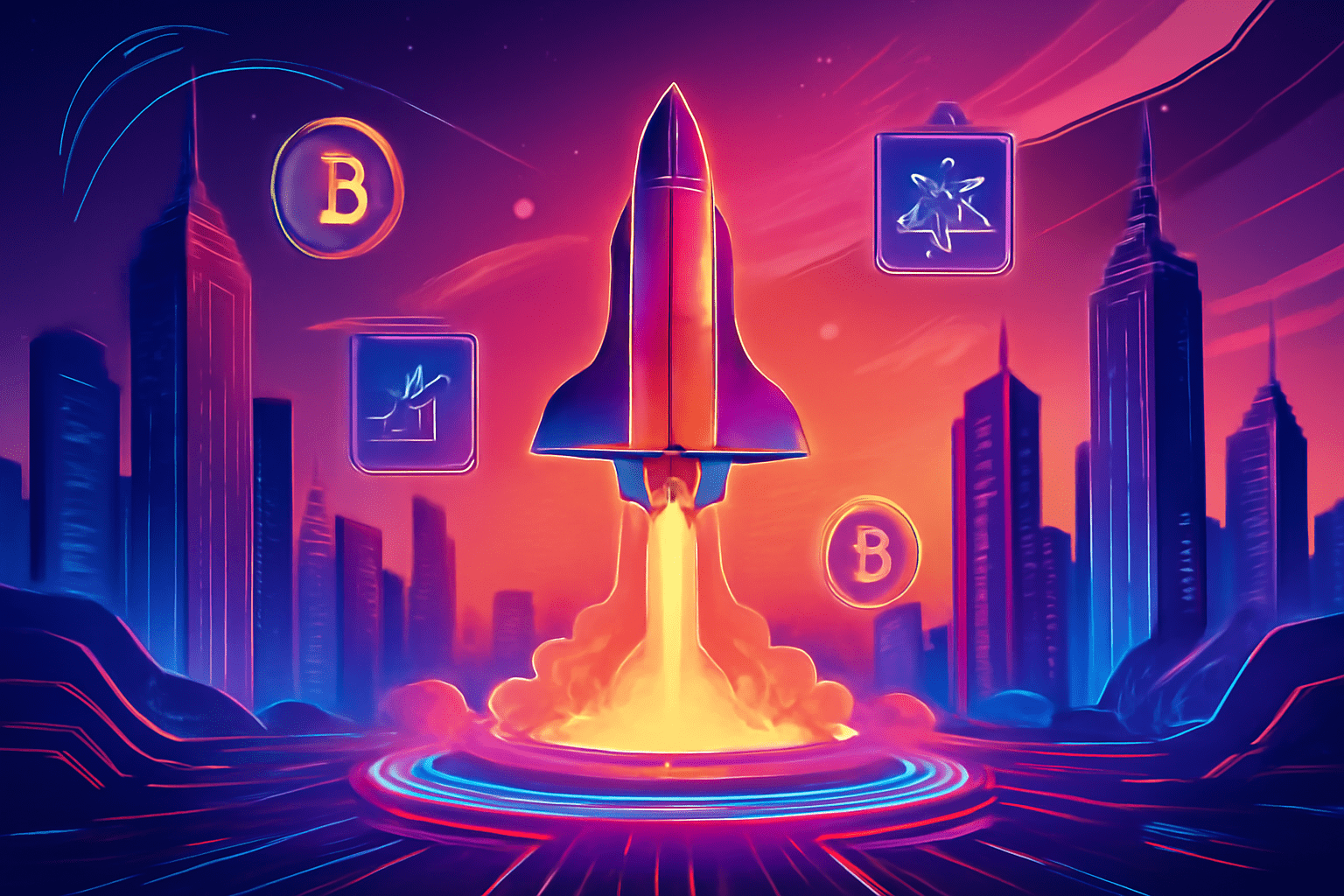
Startup Software Development Services

Django Development Company for Scalable Web Solutions

HIPAA Compliance and Advisory Services Solutions

Drupal Development Services

Business Analytics Services

Telemedicine Software Development Services

Support and Maintenance Services for Mobile and Web Applications

Cryptocurrency Development Services and Solutions

AI Testing Services / AI-Powered Testing Services

IT Infrastructure Services

ASP.Net Software Development Services

Retail IT Solutions and Services

Managed Application Services

Data Warehouse Services

Data Science Consulting

Agentic AI Product Design And Development Services

Healthcare Mobile App Development Services

CRM Consulting and Implementation Services

Custom Database Development Services and Solutions
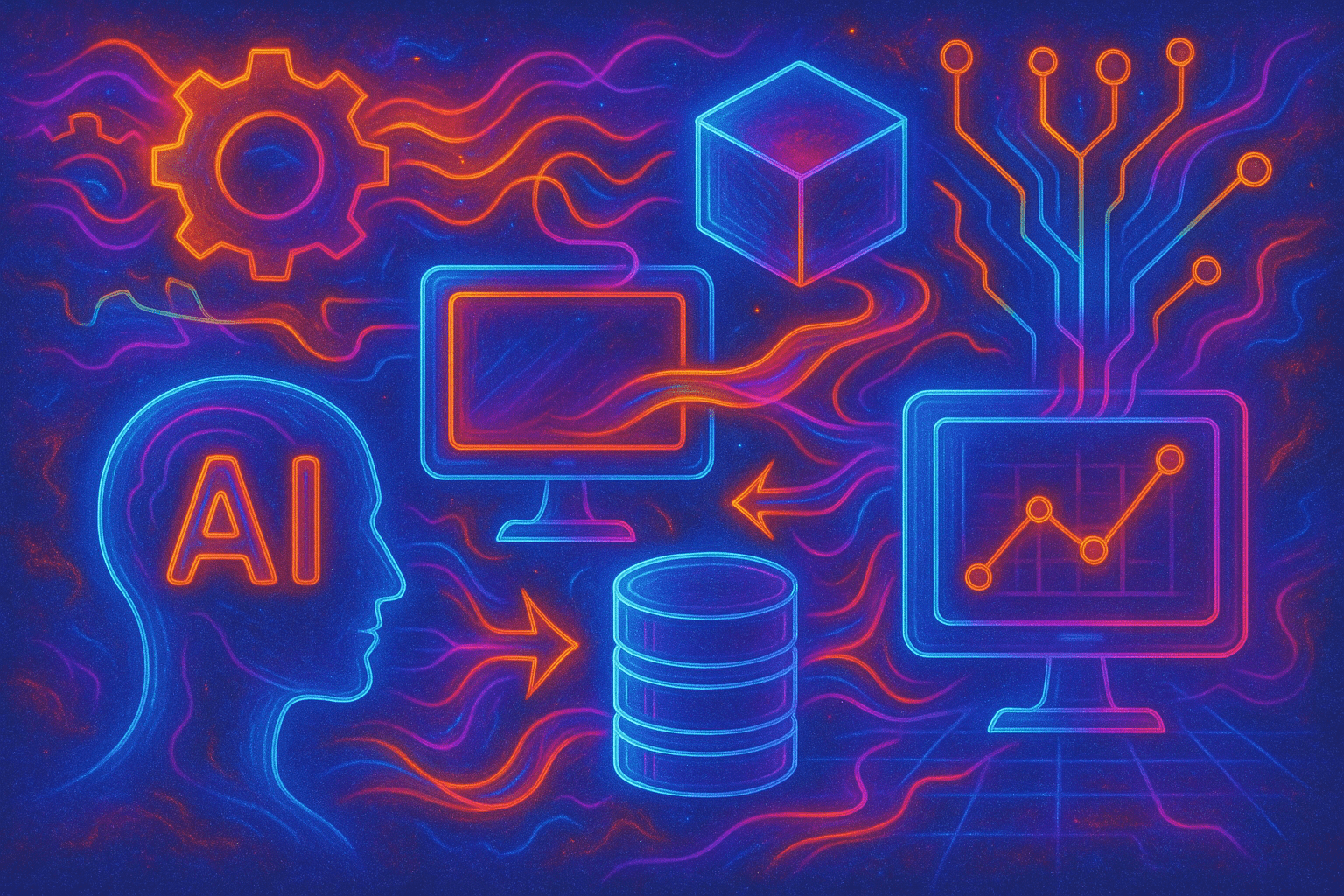
Transportation and Logistics Software Development Solutions

Secure Payment Gateway Integration Solutions

Data Management Services

Java Software Development Services

PHP Development Services

Fast, Scalable, Secure Node.js App Development

Power BI Consulting Services

IT Project Management Services

NFT Token Development Services

DevOps Consulting and Services

Web Data Mining Services

Front-End Development Services

Managed Services for E-commerce Success

Website Redesign Services for Strengthening Your Web Presence

Custom SaaS Development Services

Custom CMS Web Development Services

NFT Marketplace Development Services

Smart Contract Development Services

Oil and gas IT services

AI Audit for Startup Companies | Best Website Audits

PrivateGPT Development Services

Swift iOS App Development Services

Web3 Development Services Company

AI-Native Product Design and Development Services

Personalized Learning with AI for Education

Microsoft Dynamics 365 Customer Service with AI

Energy Management Software Solutions Platform

Human Machine Interface Software Development Service

Education Software Development Services

Retail Software Development Services and Solutions

DEX – Digital Employee Experience Software Services

Decentralized Exchange Development (DEX) Company

Offshore Software Testing Services

Backend Development Services and Solutions

Travel and Hospitality Software Development Services

Fintech Software Development Services

Data Visualization Consulting Services

Digital Solutions For Agriculture and Software Services

Payment Gateway and Software Development Services

B2B Travel Software and Booking

MEAN Stack Development Services

24/7 Managed NOC Services

Database Migration Service

Design-Led AI Consulting for SMEs and Startups

AI Solutions Development Services
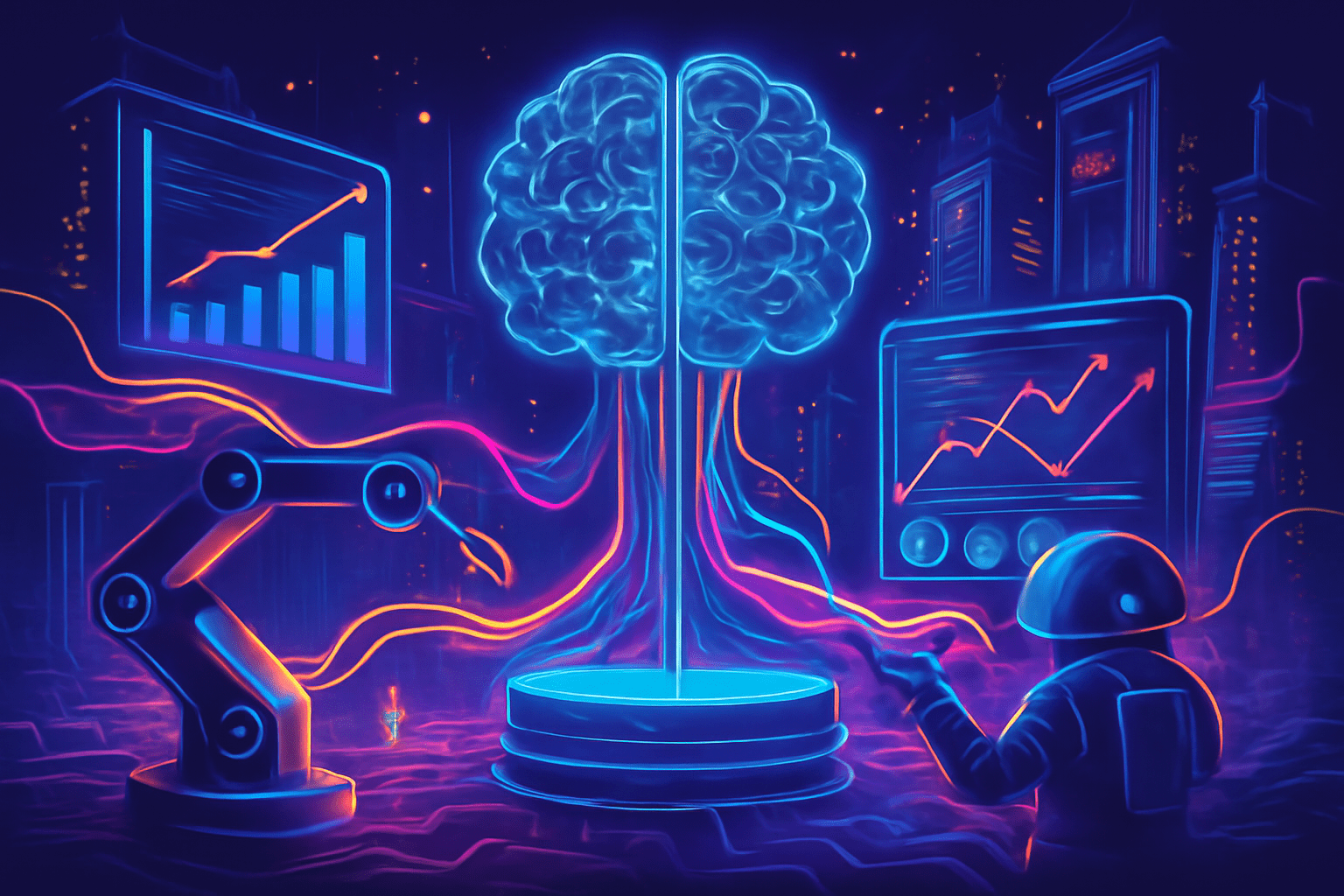
P&C Insurance Software Solutions

MLOps Consulting Services

Generative AI Services and Solutions

Conversational AI Platform Development

AI and Analytics for Retail Solutions

Artificial Intelligence Video Chatbot Services

Digital-First Banking IT Services

Golang Development Services

MVP Development Services

eLearning Software Development

Agile Software Development Services

Data Warehouse Consulting and Management Services

IT Services Management Consultancy Services

Learning Management System Consulting Services

iOS App Development Services Company

Ecommerce Services

Marketing Automation and CRM Solutions

Industrial IoT Solutions and Services

Healthcare Data Analytics Solutions

Cryptocurrency Wallet Development

Digital Strategy Consulting Services

B2B Portal Development

Embedded Technology Innovation
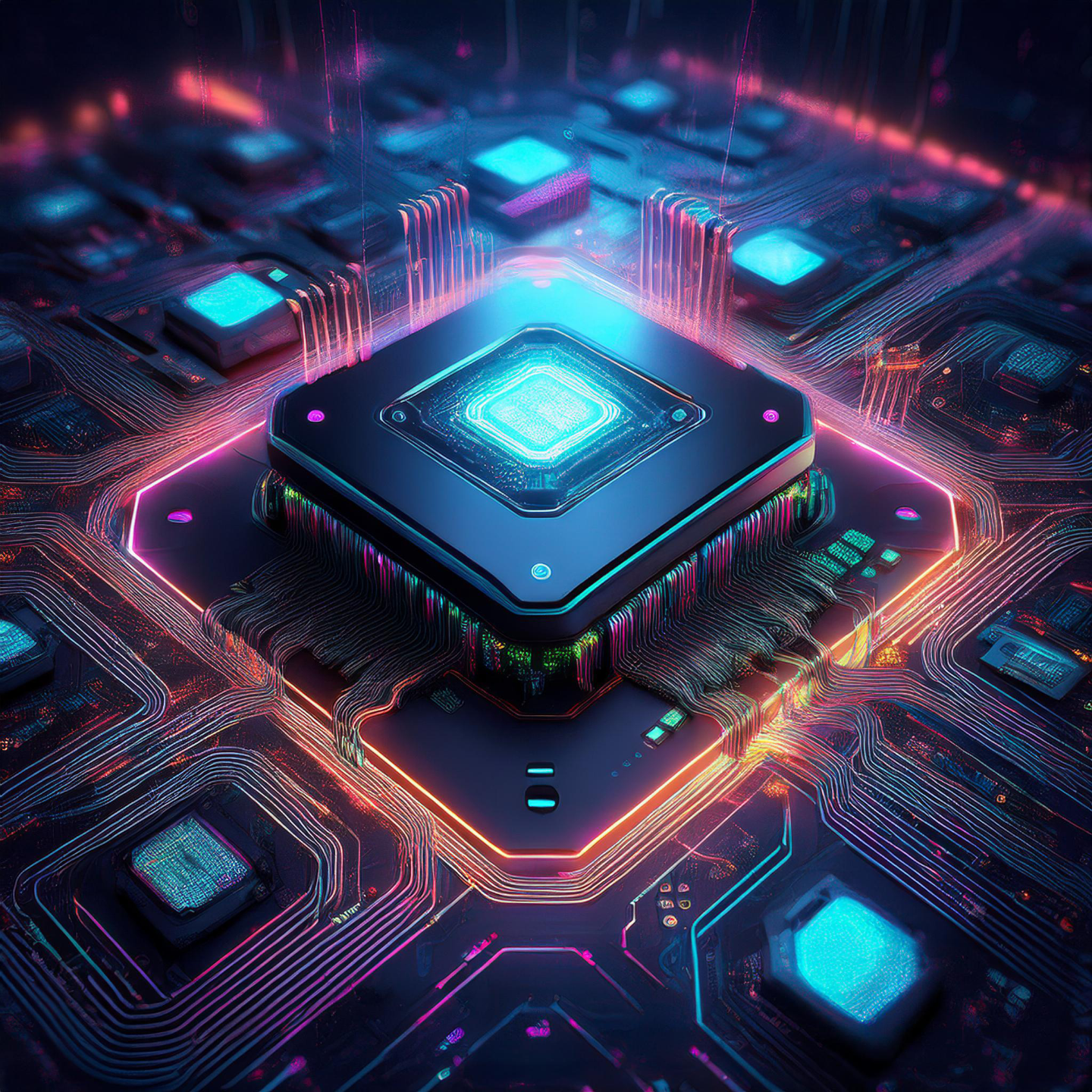
Process Automation

XR Application Development

Artificial Intelligence and Machine Learning Consulting Services

Cloud Infrastructure

Blockchain Implementation

Flutter App Development

Angular Development

Mobile Application Testing Tools and Services

Penetration & Vulnerability Testing

QA Testing Services

Reactjs Development

Team Augmentation

Automation Testing

Web App / Portal Development

Python Development

IT Consulting

Custom Software Development

Branding

ReactNative App Development

Web and Mobile App UX – UI Design Services

UX & UI Design

Android App Development

Mobile App Development

Idea to Product

IoT Development

Data Analytics Development

GenAI Development

AI/ML Development

Design thinking

Process Automation

Digital Transformation

Customer Experience Design

Want to see how these solutions fit into your existing structure?
We can help you identify the right mix of support to move faster with less strain.
It's time to stop patching legacy systems and start enabling scalable growth.
Start Your Digital Core Modernization Today










